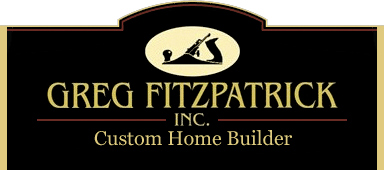Building science case studies have shown Maine home builders the importance of wall sealing to prevent air infiltration into the building envelope. Reducing air infiltration is as important as adding additional insulation as a strategy for improving energy performance. Additionally, leaky wall assemblies can be prone to condensation and water damage (mildew, mold, dry rot) as the air exchange creates cold spots for moisture-laden air from within the building to condensate.
We have previously discussed measures we have taken to reduce thermal transfer and maximize space for insulation. At this point framing is complete, roofing installed, windows and doors installed and we are tight to weather.
DOW professional expanding foam sealant is utilized extensively in these areas and will dramatically improve how much (or how little) air infiltration can occur. We also seal any penetrations left behind from our platform staging and penetrations from plumbing and electrical rough-ins. These efforts also keep any air trapped within the wall assembly (once they are closed in) from circulating and causing convection which can create drafty conditions inside the house.

